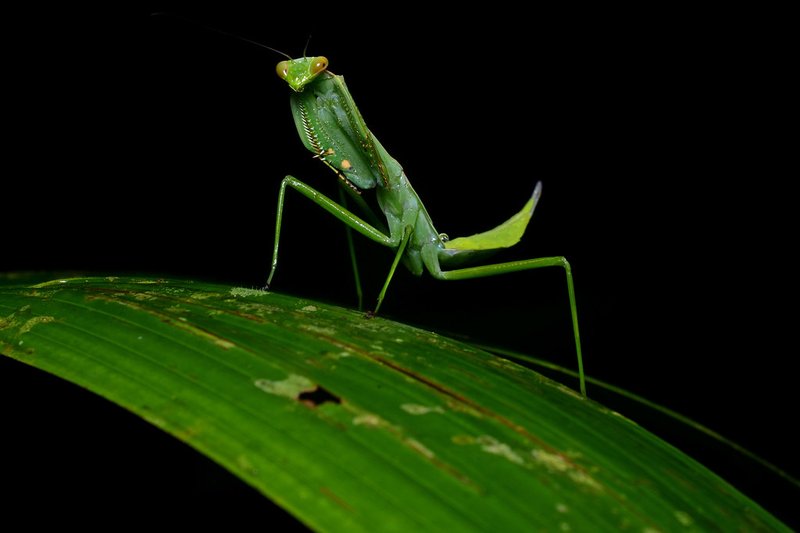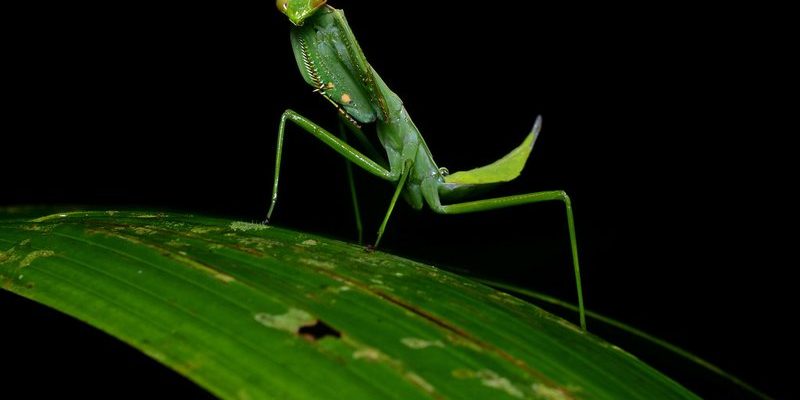
When we think of ecosystems, we often picture majestic animals or towering trees. But the story of biodiversity is much richer, with every small creature—like the mantid—playing a part. From their predatory habits to their interactions with other species, mantids are like silent sentinels, helping to regulate populations of other insects and contributing to the overall health of their environment.
What is a Mantid?
Let’s start with the basics. A mantid, or praying mantis, is an insect belonging to the order Mantodea. With over 2,000 species worldwide, these unique creatures are known for their triangular heads, bulging eyes, and long necks. They can be found in various habitats, from lush forests to arid deserts, and are often best recognized by their distinctive “praying” posture—hence the name.
These creatures have a fascinating anatomical structure. Their front legs are equipped with spines that help them grip their prey tightly, making them formidable hunters. Most mantids can camouflage themselves beautifully to blend into the foliage, allowing them to ambush unsuspecting insects. This combination of stealth and speed allows them to thrive in many different environments.
The Mantid as a Predator
You might be wondering why mantids are so important in their habitats. Here’s the thing: they are skilled predators. By feeding on insects like flies, moths, and even other mantids, they help keep these populations in check. This predatory role is vital for maintaining the balance of the ecosystem.
Think of mantids as nature’s pest control agents. A healthy population of mantids can prevent the explosion of pest insects that might otherwise damage crops or disrupt local flora. By controlling these populations, mantids help create a more stable environment for plants, which in turn supports other animals that rely on those plants for food and shelter.
The Prey Dynamics
The dynamics of how mantids hunt is fascinating. They employ a technique called “sit-and-wait” predation, where they remain motionless, waiting for their food to come near. Once they spot a target, they can strike with lighting speed. It’s like watching a slow-motion scene in a movie, where the hero springs into action at just the right moment.
Additionally, mantids aren’t picky eaters. They will consume many different types of insects, which means they can adapt to whatever food sources are available in their environment. This adaptability makes them not only effective hunters but also crucial players in the food web.
The Mantid’s Role in Biodiversity
Biodiversity is all about the variety of life in a particular ecosystem. Mantids contribute to this diversity in several significant ways. First, by acting as both predators and prey, they support a variety of species around them. Birds, reptiles, and other larger insects rely on mantids as a food source, creating connections that ripple through the food chain.
Additionally, mantids help promote genetic diversity among insect populations. By preying on weaker individuals or those that are diseased, they help ensure that only the healthiest insects reproduce. This kind of natural selection is fundamental for the long-term health and resilience of ecosystems.
Creating Habitats
Interestingly, mantids also influence their immediate environments. By feeding on specific prey, they can affect the composition of insect communities in their habitats. This, in turn, can impact plant life, as certain insects may help pollinate or damage plants. Their presence, or absence, can lead to significant changes in the landscape, showcasing just how interconnected everything is.
Conservation and Mantids
Despite their importance, mantids are often overlooked in conservation discussions. Many might not realize that habitat destruction and climate change threaten their populations. As human activities continue to encroach on natural spaces, mantid habitats are shrinking, impacting not only their survival but also the ecosystems that depend on them.
Promoting healthy environments is essential for mantid conservation. Home gardeners can play a role by creating mantid-friendly spaces. Planting native flora that attracts a variety of insects can provide food sources for mantids, encouraging them to thrive in our backyards.
Gardening for Mantids
Here’s how you can help mantids in your garden:
- Plant native flowers to attract insects.
- Avoid using pesticides that can harm mantids.
- Provide natural habitats, like leaf litter and tall grasses.
By fostering environments where mantids can flourish, we not only support them but also contribute to the overall health of our local ecosystems.
In summary, mantids might seem like tiny creatures with little influence, but their role in ecosystems is incredibly significant. They serve as efficient predators, contributing to the biodiversity and health of their environments. By understanding their importance, we can take steps to protect these fascinating insects and the intricate webs of life they support.
So the next time you spot a mantid perched quietly, remember that this little creature is a powerhouse in its ecosystem, silently ensuring balance and harmony in nature. Whether it’s in a garden or a forest, mantids remind us of the intricate connections that bind all living things together. Let’s cherish and protect them!

